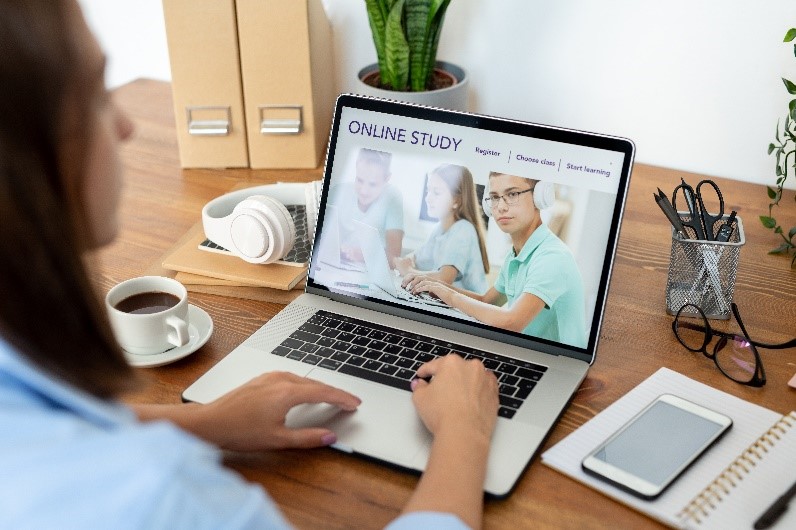Whilst some benefits could have predicted in advance, what wasn’t predictable was the realisation that for them, the social model of disability was true…
“Similar to the findings in Pellicano’s research, overall, I prefer online courses to conventional courses, engaged in and learnt more from online classes.”
They noted some predictable benefits including feeling more relaxed, less social demands, less sensory stimuli, and less pressure.
“Although visual stimuli increased considerably and I experienced sensory overload occasionally, I found online courses had much less noise than the in-person classes, especially during group discussions thanks to breakout rooms. Before covid, group discussions were always hard because my brain cannot filter unnecessary noises. My hearing caught all voices in the classroom and I couldn’t focus on the discussion of my group.”
Using Zoom, “I could also control the volume of the devices and could use my headphones to focus on the lectures and discussions.”
“I often feel uncomfortable in public places or being visible to others. I was able to reduce stress from these social demands by turning off my cameras.”
Importantly the student noted some unpredictable and unexpected remote learning benefits for them.
- Communication with peers and lecturers increased as did their confidence in participating.
“I also often have difficulty in communicating orally, and I often struggled with participating in class before COVID, though I always wanted to engage in discussions more. The Zoom chat function removed this barrier, and I really enjoyed participating in discussions with other students and asking questions to my lecturers during classes! My confidence in class participation and my self-esteem grew considerably during the lockdown in 2020.” - Lecture recordings increased learning and being able to pace learning
“I found lecture recordings very accessible for me because I could stop or repeat the recordings to take notes and to take rest breaks. These reduced stress and fatigue from attending classes so much. Before COVID, I had thought that attending lectures would have been better than listening to lecture recordings. But if I can go back to talk to myself in 2019, I would say listening to lecture recordings after obtaining lecture slides at a safe and relaxing place are more accessible to me and I can learn much more than attending classes without printed lecture slides!”
“So, as long as I could print out the lecturer slides or other necessary materials for classes beforehand to minimise the visual stimuli, I found online courses much more accessible for me than in-person classes.” - Ability to pace learning – “And it was great that I could watch the pre-recorded lectures at my own pace when I feel well enough to watch them!”
- Rest breaks – No travel time between classes meant I had more time to take a break.
- Stimming – I felt I could be authentically me during remote learning, and I could stim in private as much as I needed during classes to relax.
Concluding using the student’s own words:
“I understood the social and human rights models of disabilities better during the lockdown and online learning. I heard about the social model of disabilities for the first time a long time before COVID, but I doubted whether I experienced lots of challenges because of the barriers in society. But during and after the lockdown, society became much more accessible to me, though almost nothing in myself changed before and after the lockdown.”
“Dark modes became available on many apps and devices; nobody forced me to socialise if I was uncomfortable; I could use the chat function on Zoom; and staying at home, maintaining a routine, self-care, and online shopping have been highly recommended… I realised that so many barriers existed in the world before COVID.”

